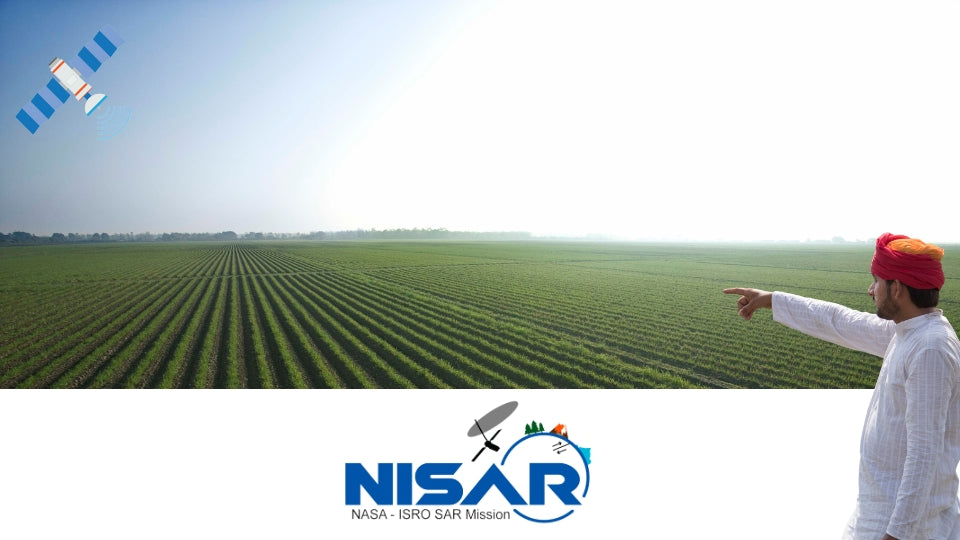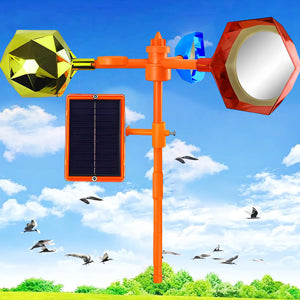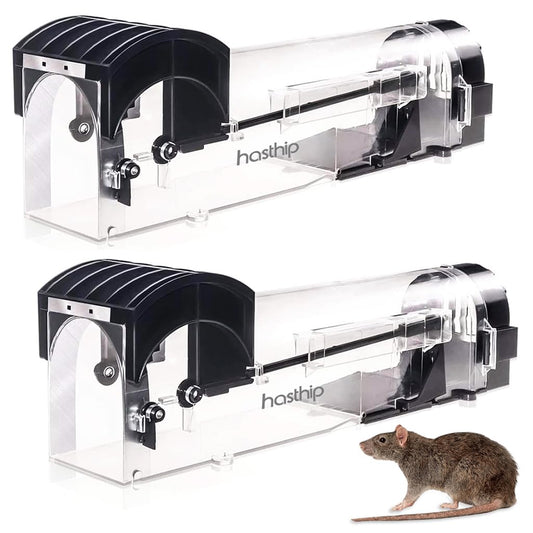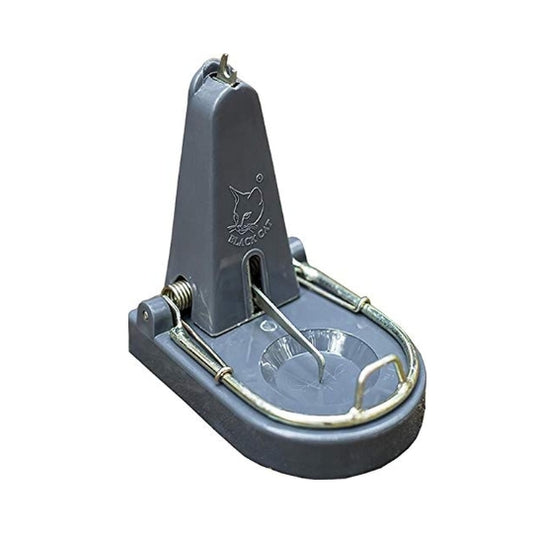
"NISAR: Empowering Indian Farmers with Space Technology for Agricultural Advancements"
Share
On July 14, 2023, NASA and ISRO jointly launched a groundbreaking mission called NISAR (NASA-ISRO Synthetic Aperture Radar). The mission aims to revolutionize agricultural practices in India by utilizing radar technology to capture high-resolution images of Earth's surface, providing valuable insights into land use, vegetation, and water resources. These advancements hold the potential to enhance our understanding of Earth's climate and enable more effective management of natural resources.
In this article, we delve into the significant contributions made by NASA and ISRO towards the development of Indian agriculture. Here are some notable areas where their efforts have made a significant impact:
Weather Forecasting: Leveraging space-based weather forecasting systems, farmers receive early warnings about potentially damaging weather events like droughts, floods, and frost. This critical information empowers farmers to implement preventive measures such as cultivating drought-resistant crops or ensuring adequate irrigation.
Crop Monitoring: Satellites play a crucial role in monitoring crop growth and health. By identifying stressed or unhealthy crops, this data assists in implementing targeted interventions such as precise irrigation and effective pest control.
Land Use Planning: Satellite data aids in mapping land use patterns and identifying suitable areas for agriculture. Governments and farmers can make informed decisions regarding land use, including the construction of new roads or irrigation canals.
Precision Agriculture: Space-based technologies facilitate the implementation of precision agriculture techniques. By utilizing detailed information about soil conditions, crop health, and weather patterns, farmers can optimize their agricultural practices, resulting in increased yields and reduced input costs.
Looking ahead, NASA and ISRO are poised to further contribute to agricultural development through innovative technologies:
a. In-situ Crop Monitoring: Ground or aerial sensors gather real-time data on crop growth and health. This invaluable information can automate irrigation and pest control processes, while providing farmers with real-time guidance on managing their crops effectively.
b. Remote Sensing of Soil Moisture: Satellites enable the measurement of soil moisture content, enhancing irrigation scheduling and identifying areas at risk of drought. This knowledge enables farmers to make informed decisions regarding water usage.
c. Genetically Modified Crops: NASA and ISRO actively participate in the development of genetically modified crops resistant to pests, diseases, and drought. These resilient crops have the potential to boost yields and minimize the reliance on pesticides and fertilizers.
In conclusion, NASA and ISRO play a pivotal role in driving agricultural development. Their innovative technologies empower farmers to improve yields, reduce input costs, and mitigate the adverse effects of climate change. Looking ahead, these organizations are poised to play an even more significant role in ensuring food security for the world's expanding population.

















